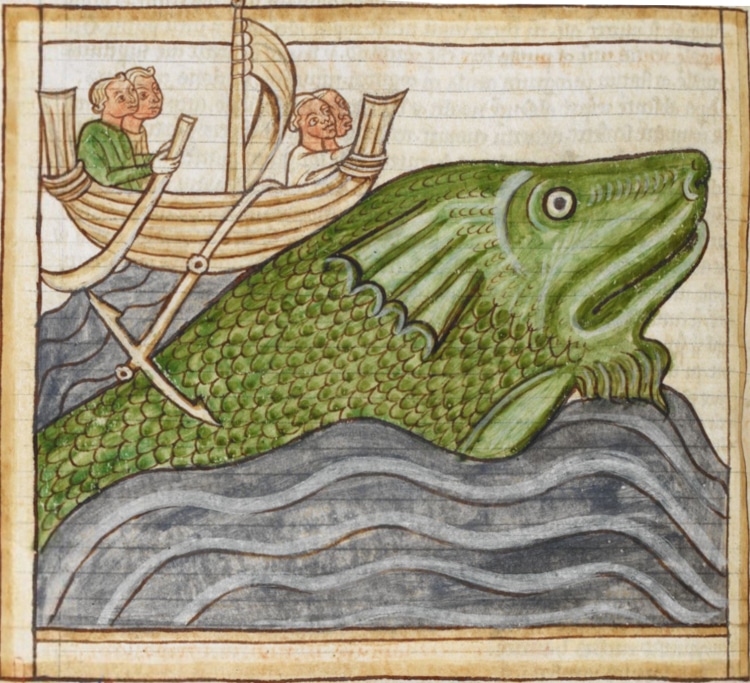
Illustration of a whale. 13th century. (Photo: British Library via Wikimedia Commons, Public domain)
Except for some elusive exceptions, today, there are photos and videos of every creature you can think of. And while it may seem commonplace, this kind of knowledge has only been around for a few decades. But centuries ago, artists and scientists didn’t have it that easy. That’s why, when it came to illuminated manuscripts, those in charge of medieval animal illustrations were at the mercy of the few written descriptions they had available. This forced them to do their best with the material they could find. While extraordinary works in their own right, given their limited resources, we can’t help but find many of them funny in the present day.
And it’s not that they weren’t good at their craft—they certainly nailed the animals they had seen with their own eyes, such as horses. But when it came to creatures mentioned in the Bible or exotic animals none of their peers had ever encountered, it all came down to artistic license and whatever info they could get their hands on. For example, the texture of beaver tails was long described as fish-like, resulting in a baffling image of a beaver with a grey-scaled rear.
One of the most fascinating cases is that of elephants, which they seemed to get right in varying degrees. Flemish poet Jacob van Maerlant’s elephant is pretty accurate if not for the lack of ears, an issue shared with Guillaume le Clerc‘s 13th-century interpretation.
However, the depictions get wilder the rarer the animal was at the time. A leopard is imagined as a reddish creature with white spots, while a crocodile looks like a light-skinned, feline-like lizard. As for marine creatures, an oyster somehow appears to have a beak and eyes, and a whale has a wolf-like snout, a beard, and fish scales—not to mention them being depicted in green.
Take a look at some of the most interesting—not to mention hilarious—medieval animal illustrations. Can you guess immediately what animal they represent?
Centuries ago, medieval artists were at the mercy of whatever information they had to depict a creature they’d never seen. The resulting animal illustrations are hillarious. For example, this is a leopard:
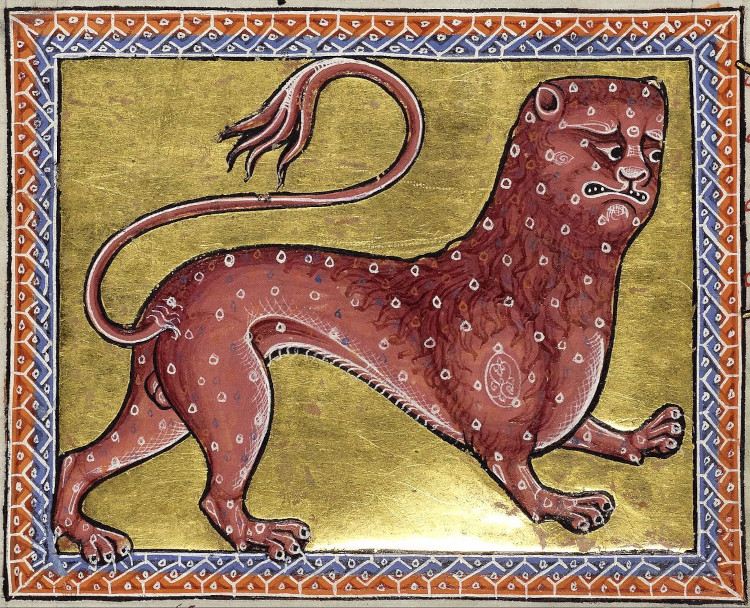
Illustration of a leopard. 12th century. (Photo: University of Aberdeen via Wikimedia Commons, Public domain)
While extraordinary works in their own right, given their limited resources, we can’t help but find many of them—like this oyster—funny in the present day.
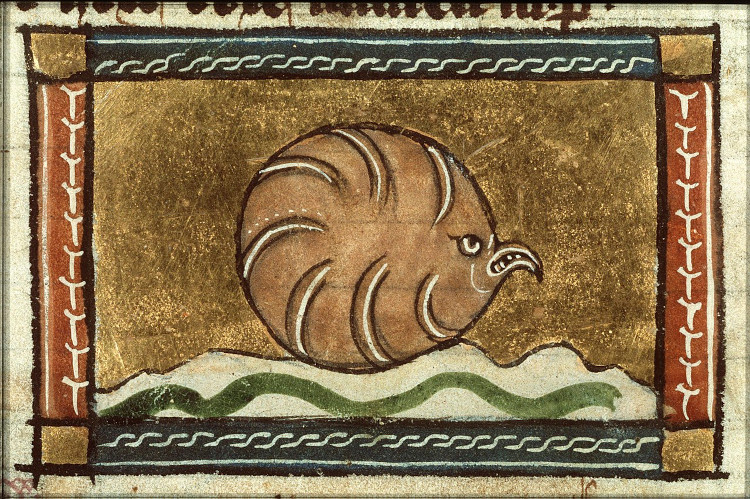
Illustration of an oyster C. 1340-1350. (Photo: Jacob van Maerlant via Wikimedia Commons, Public domain)
One of the most fascinating cases is that of elephants, which they seemed to get right in varying degrees.
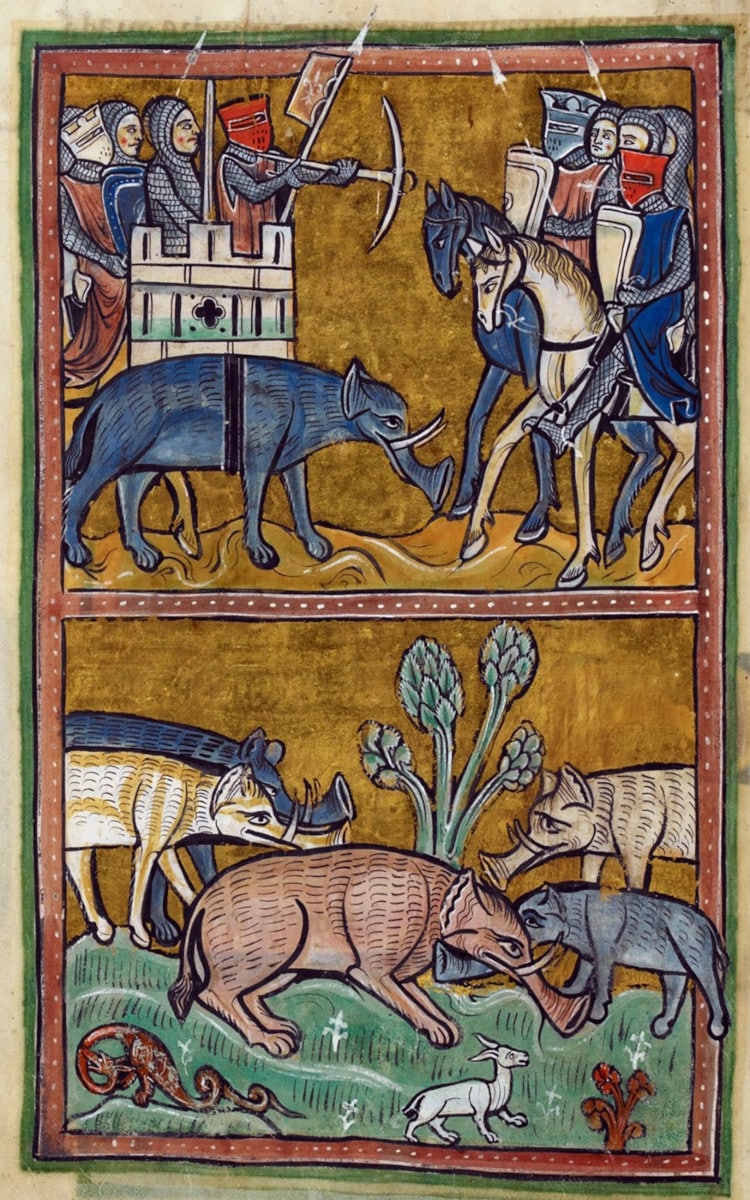
Two illustrations featuring elephants. 13th century. (Photo: British Library via Wikimedia Commons, Public domain)
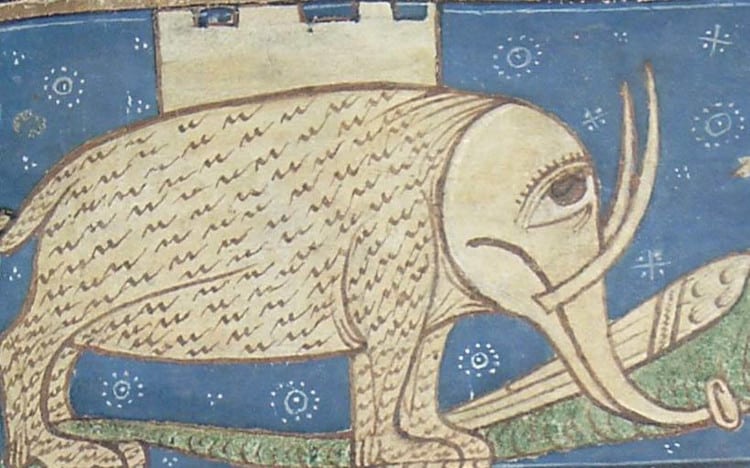
Illustration of an elephant. 13th century. (Photo: Trinity College Library, University of Cambridge via Wikimedia Commons, Public domain)
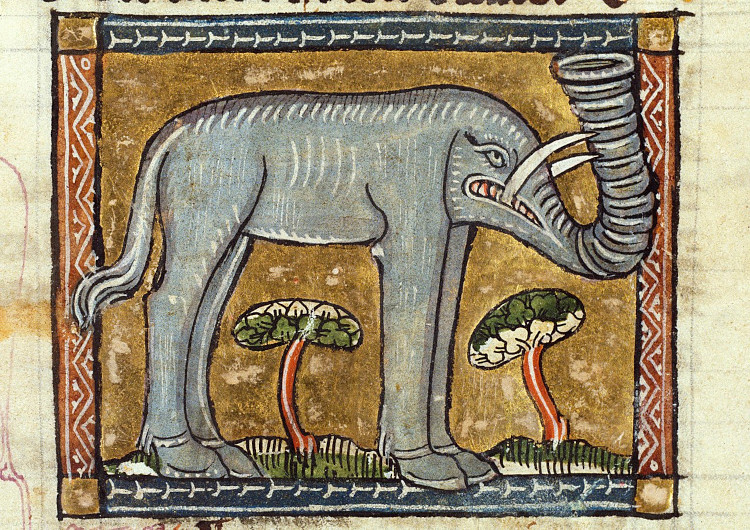
Illustration of an elephant. C. 1340-1350.(Photo: Koninklijke Bibliotheek via Wikimedia Commons, Public domain)
However, the depictions get wilder the rarer the animal was at the time. (This is a rhino)
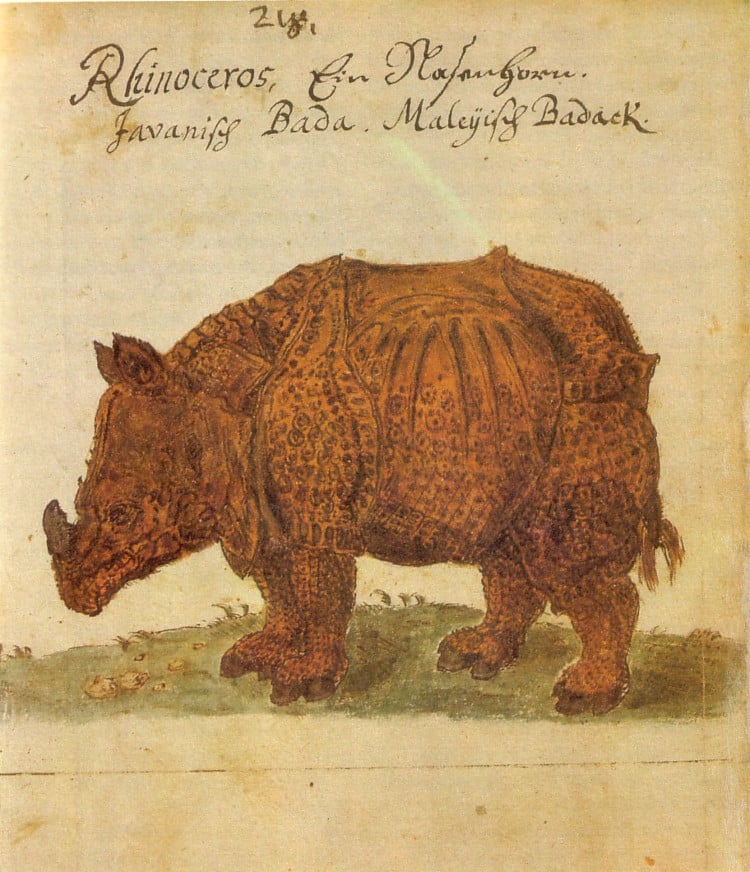
Illustration of a rhino. (Photo: Caspar Schmalkalden via Wikimedia Commons, Public domain)
This crocodile looks like a light-skinned, feline-like lizard.
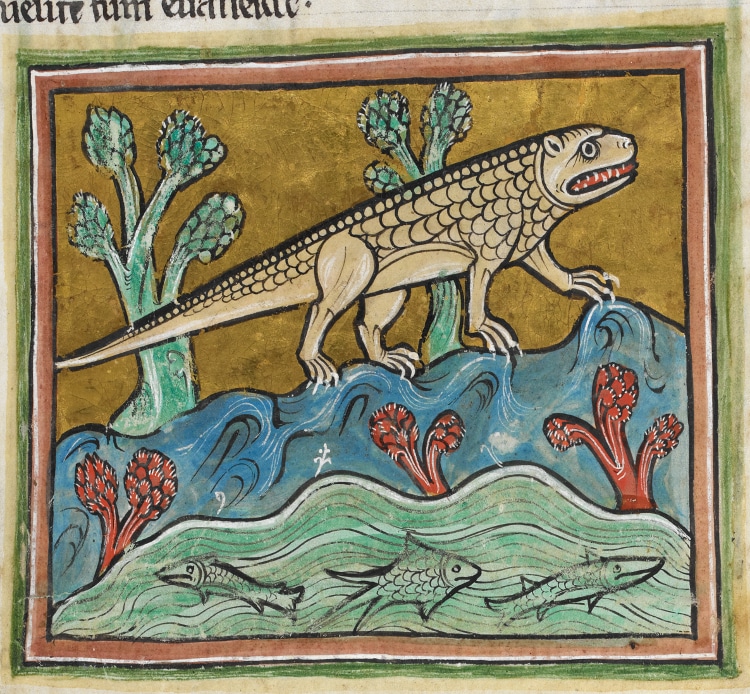
Illustration of a crocodile Late 1200s. (Photo: British Library via Wikimedia Commons,Public domain)
What about this version of a lion’s mane?
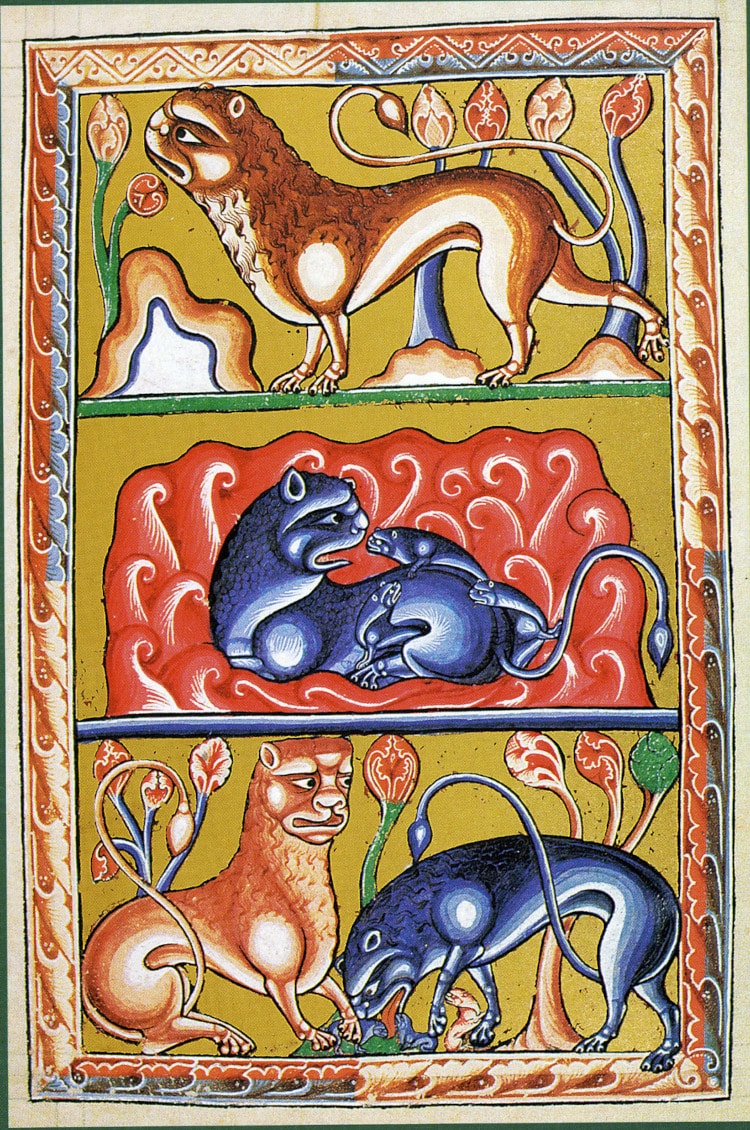
Three illustrations featuring lions. Early 13th century. (Photo: Unknown author via Wikimedia Commons, Public domain)
The one on the right is a horse. The one on the left? A tiger.
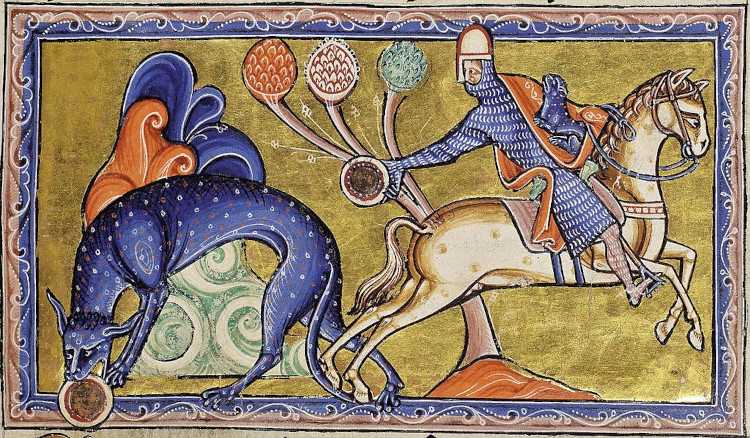
Illustration featuring a tiger and a horse. 12th century. (Photo: University of Aberdeen via Wikimedia Commons, Public domain)
This is also a crocodile.
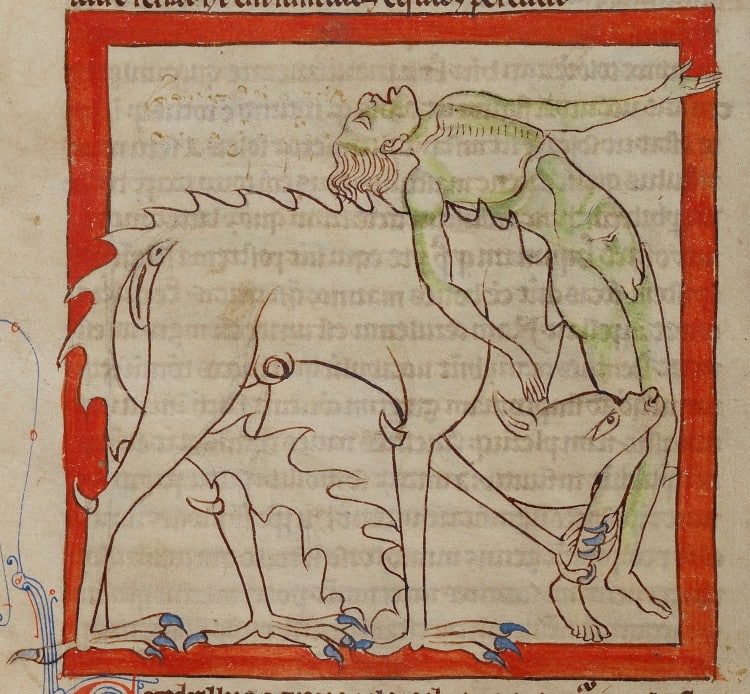
Illustration of a crocodile. C. 1250-1260 (Photo: Unknown author via Wikimedia Commons, Public domain)
This is “an owl being mobbed by other birds.”
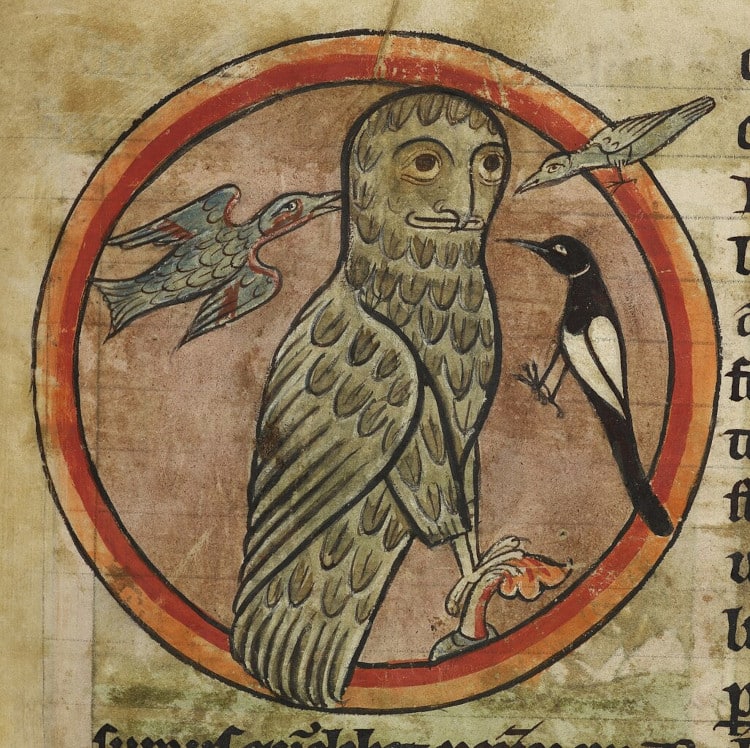
Illustration of an owl being mobbed by other birds. C. 1230-1240 (Photo: British Library via Wikimedia Commons, Public domain)
The texture of beaver tails was long described as fish-like, resulting in a baffling image of a beaver with a grey-scaled rear.
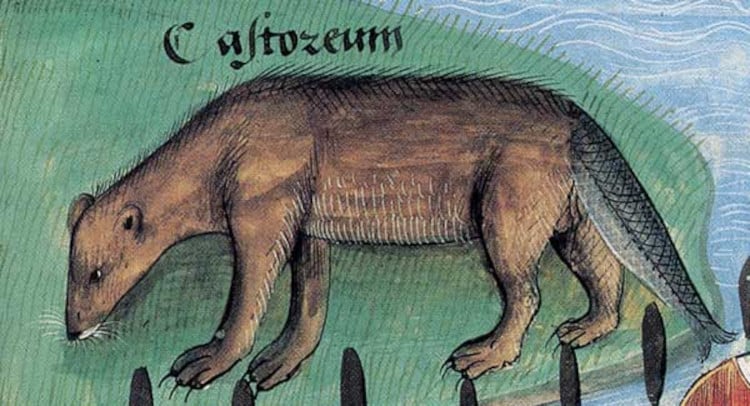
Illustration of a beaver with a fish tail. C. 1480 (Photo: Unknown author via Wikimedia Commons, Public domain)
This is a snail.
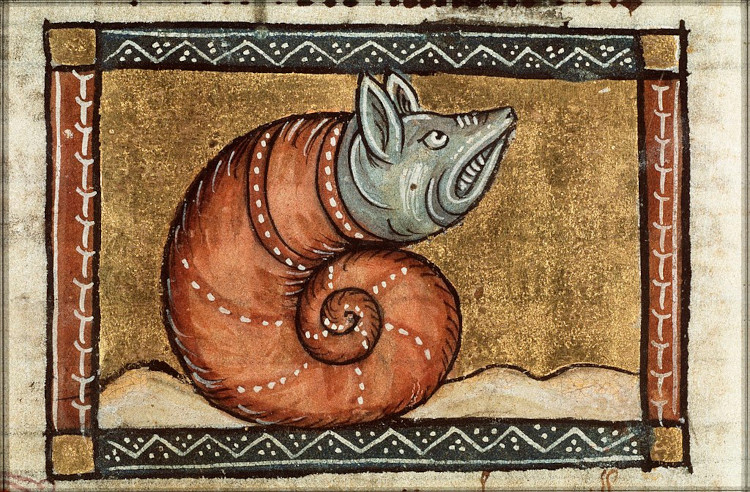
Illustration of a snail. C. 1340-1350. (Photo: Jacob van Maerlant via Wikimedia Commons, Public domain)
Any guesses? This is a hippo.

Illustration of a hippo. C. 1340-1350. (Photo: Jacob van Maerlant via Wikimedia Commons, Public domain)
Related Articles:
25,000 Images of Medieval Geoffrey Chaucer Manuscripts Are Now Online
Look at How Cats Were Portrayed in Medieval Art
Explore the Impressively Accurate Medieval World Map by a 12th-Century Islamic Scholar
Famous Brand Logos Are Reimagined as Medieval Art Illustrations
